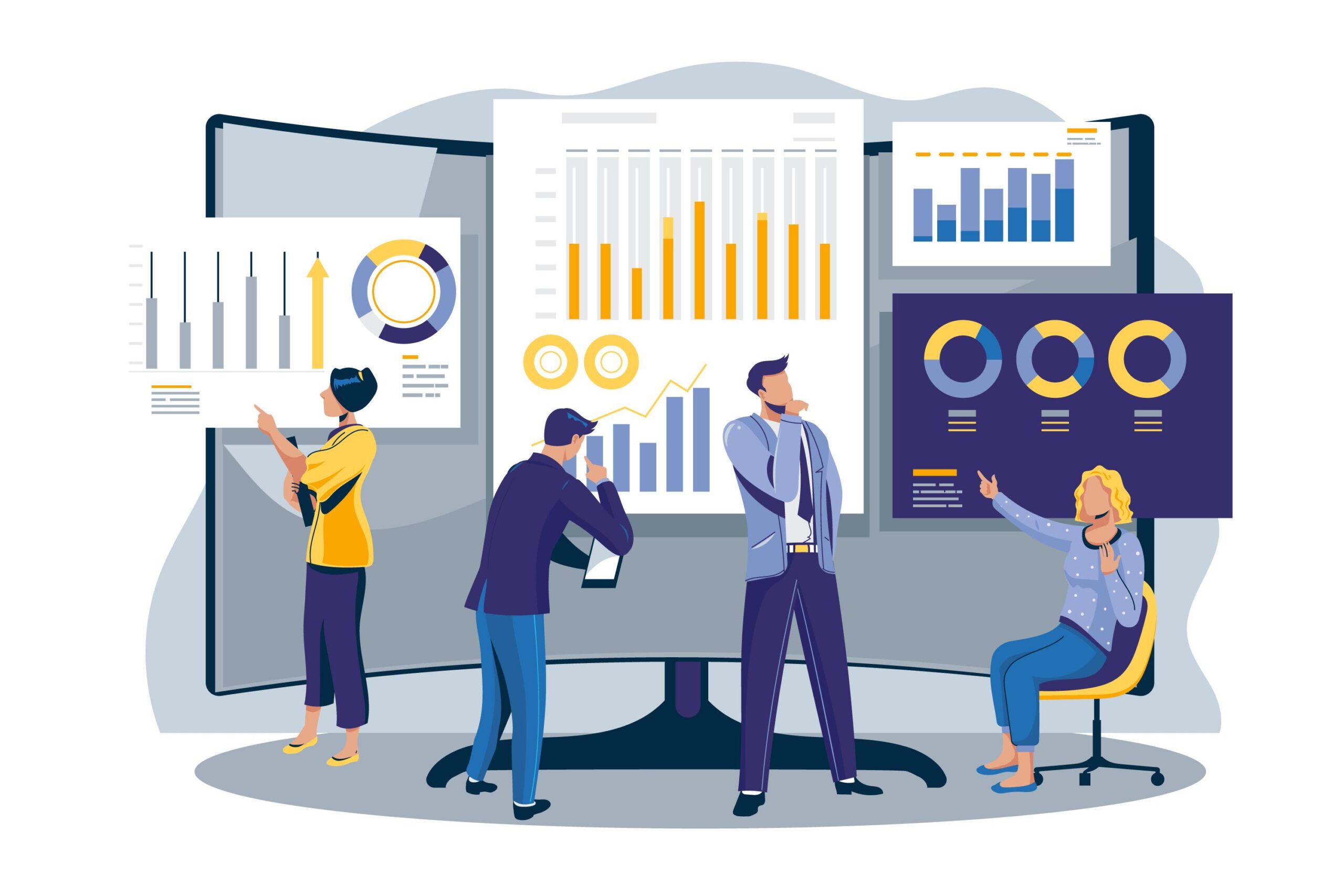In the burgeoning field of data analytics, understanding the nuances between data analysis and data modeling is crucial for aspiring analysts. Whether you’re considering a data analytics course in Kochi or Trivandrum, or looking for specialised Data Science course in Kerala or seeking a comprehensive data analytics course with placement, grasping these concepts is your first step towards a successful career in data analytics. Learn more from Edure.
Understanding the Fundamentals What is Data Analysis?
Data analysis is the process of examining, cleaning, transforming, and modeling data to discover valuable information, draw conclusions, and support decision-making. It involves using statistical tools and algorithms to analyze and interpret data, making it a cornerstone for businesses and researchers alike.
What is Data Modeling?
Data modeling, on the other hand, is a method used to define and analyze data requirements needed to support the business processes within information systems. It involves the creation of visual representations of the data and its relationships, serving as a blueprint for designing databases.
Exploring Techniques
Techniques in Data Analysis
Data analysis employs various techniques such as descriptive statistics, inferential statistics, predictive analytics, and data visualization. These techniques help analysts to understand patterns, test hypotheses, forecast future trends, and present data in an insightful manner.
Techniques in Data Modeling
Data modeling utilizes conceptual, logical, and physical designs. Techniques include the use of Entity-Relationship (ER) diagrams, normalization to reduce data redundancy, and SQL scripting. Each technique plays a crucial role in ensuring data integrity and efficiency in database design.
Delving into Processes The Process of Data Analysis
The data analysis process involves several key steps:
- Data Collection: Gathering raw data from various sources.
- Data Cleaning: Identifying and correcting errors or inconsistencies.
- Data Exploration: Using statistical methods to explore and understand data.
- Data Interpretation: Drawing conclusions and making predictions based on data insights.
- Data Visualization: Presenting data findings in charts, graphs, and dashboards for easy interpretation
The Process of Data Modeling
The data modeling process includes:
- Requirement Analysis: Understanding the informational needs of the business.
- Conceptual Modeling: Defining the overall structure of the database without getting into details
- Logical Modeling: Detailing the structure without being specific to any database management system (DBMS).
- Physical Modeling: Designing the database schema specific to the chosen DBMS.
Highlighting the Differences
While data analysis and data modeling are both pivotal in leveraging data for business insights, they serve different purposes and require different skill sets. Data analysis focuses on interpreting data for actionable insights, whereas data modeling concentrates on how data is structured and stored.
| Aspect | Data Modeling | Data Analysis |
|---|---|---|
| Purpose | The primary goal is to visually represent the structure, relationships, and constraints of data in databases. | Focuses on inspecting, cleansing, transforming, and modeling data with the objective of discovering useful information, informing conclusions, and supporting decision-making |
| Process | Involves creating diagrams or models (like ER diagrams, UML diagrams) that represent data structures and their relationships. | Involves statistical analysis, data mining, and use of tools and techniques to interpret data. |
| Outcome | Results in a blueprint or schema that guides the database design and implementation. | Results in insights, patterns, and trends that are derived from data through various analytical methods. |
| Tools and Technologies | Uses data modeling tools like ER/Studio, Microsoft Visio, or MySQL Workbench. | Utilizes analytical and statistical tools like R, Python, Excel, SAS, or specific data analysis software. |
| Focus Area | Concentrates on how data is stored, organized, and managed in a database. | Concentrates on the meaning, interpretation, and implications of data. |
| Role in Data Lifecycle | Typically an early stage in the data lifecycle, focusing on planning and design before data is collected or stored. | Usually occurs after data has been collected and stored, playing a crucial role in the interpretation and utilization of data. |
| Skills Required | Requires strong understanding of data relationships, data normalization, and database management systems. | Demands proficiency in statistics, machine learning, data mining techniques, and often programming skills for data manipulation and visualization. |
| Iteration | More static; changes to models are less frequent and usually require significant revision to the database structure. | Highly iterative; analysts frequently revisit and revise their analyses as new data becomes available or as the context of analysis changes. |
| Stakeh older Interaction | Interaction with database designers, developers, and architects to ensure the model meets technical and business requirements. | Involves engaging with business users, decision-makers, or researchers to understand their questions and provide data-driven answers. |
| Focus on Data Integrity | Emphasizes the integrity, accuracy, and consistency of database structure to ensure that the database supports the required transactions and operations effectively. | While integrity is important, the emphasis is more on uncovering patterns, trends, and insights that can drive strategic decisions, regardless of the underlying database structure. |
For those interested in pursuing a career in this dynamic field, enrolling in a data analytics course in Kerala, Trivandrum, or Kochi could be the key to unlocking vast opportunities. With the demand for skilled professionals on the rise, choosing a data analytics course with placement can set you on the path to success in the world of data. Know more with Edure Learning.

